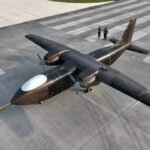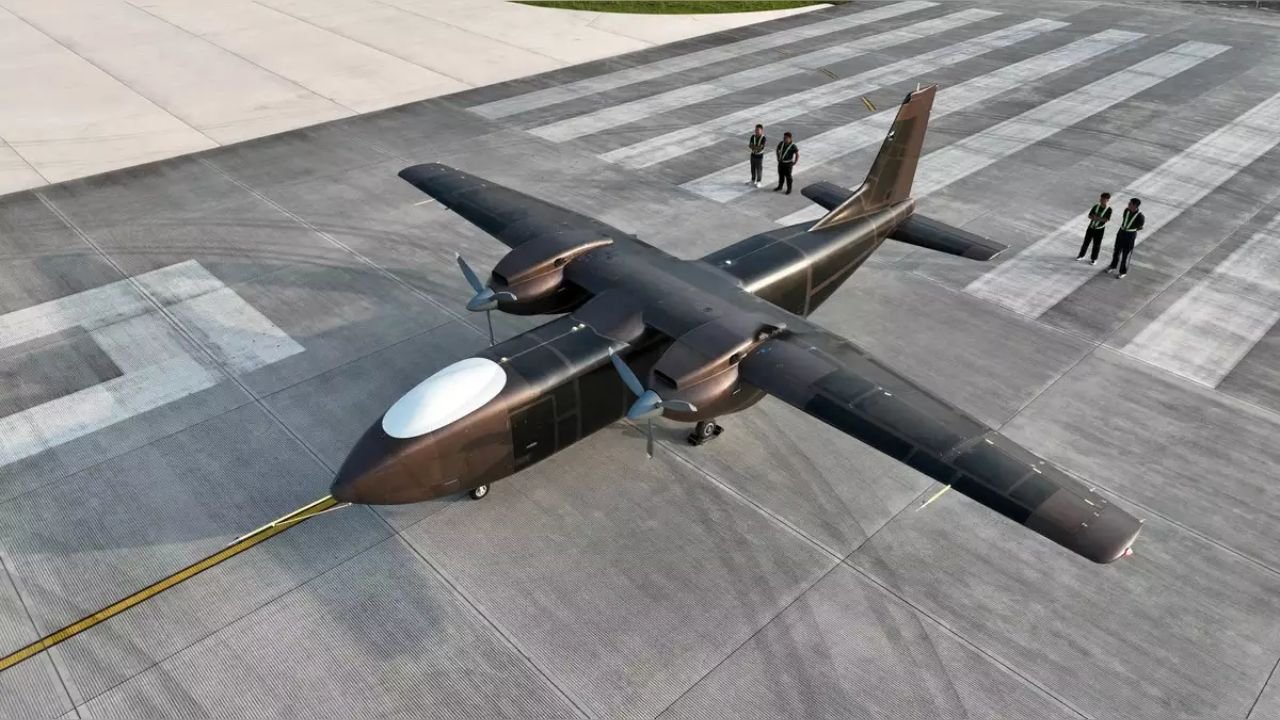In recent years, the development of unmanned aircraft has transformed defense strategies worldwide. With the unveiling of the FWD-200B, India has marked its entry into the arena of advanced unmanned warfare technology. This pioneering effort not only signifies a leap in indigenous aerospace capabilities but also positions India at the forefront of defense innovation. The FWD-200B stands as India’s first indigenous bomber unmanned aircraft, promising to enhance the nation’s defense arsenal while promoting self-reliance in technology.
Technical Features of FWD-200B
The FWD-200B boasts a variety of technical features that set it apart from its international counterparts. Its sleek design optimizes stealth and aerodynamic efficiency, making it a formidable asset in reconnaissance and combat scenarios. The aircraft is equipped with advanced stealth capabilities that minimize radar detection, ensuring mission success in hostile environments.
One of the standout features of the FWD-200B is its impressive payload capacity, allowing it to carry a diverse range of armaments and reconnaissance equipment. This flexibility is crucial for adapting to various mission requirements, from delivering precision strikes to gathering vital intelligence. Additionally, the FWD-200B is designed for long-range missions, extending its operational reach and strategic impact.
Communication and surveillance technologies integrated into the FWD-200B are cutting-edge, ensuring real-time data transmission and situational awareness. These systems enable operators to make informed decisions, enhancing mission effectiveness and minimizing risks. The combination of these technologies positions the FWD-200B as a groundbreaking achievement in unmanned aerial vehicle (UAV) design.
Development Process
The development of the FWD-200B was a meticulous process involving collaboration among leading aerospace engineers, defense experts, and government agencies. This collaborative effort was driven by the vision of creating a state-of-the-art UAV that would bolster India’s defense capabilities. The development timeline was ambitious, reflecting a commitment to accelerating technological progress in the defense sector.
One of the significant challenges in the development process was ensuring that the FWD-200B met rigorous performance and safety standards. Overcoming these challenges required innovative engineering solutions and rigorous testing protocols. The successful completion of the FWD-200B project underscores the importance of indigenous development in strengthening India’s defense technology infrastructure.
Applications and Future Prospects
The FWD-200B has diverse applications across both military and civilian sectors. In the military domain, it serves as a force multiplier, capable of conducting precision strikes, reconnaissance missions, and intelligence-gathering operations. Its versatility and adaptability make it an invaluable asset in modern warfare scenarios.
Beyond military applications, the FWD-200B holds potential in civilian sectors such as disaster management, border surveillance, and environmental monitoring. Its ability to operate in challenging environments expands its utility across various industries, contributing to national security and public safety.
Looking ahead, the future prospects of the FWD-200B are promising. Ongoing advancements in AI and machine learning will likely enhance its capabilities, making it even more autonomous and efficient. Additionally, international collaborations could pave the way for the FWD-200B to be adapted for global markets, further elevating India’s standing in the field of unmanned aviation technology.
Impact on Indian Defence Technology
The introduction of the FWD-200B marks a significant milestone in India’s defense technology landscape. It strengthens the country’s defense capabilities by offering a robust platform for unmanned operations. This advancement aligns with India’s strategic vision of becoming self-reliant in defense production and reducing dependency on foreign technology.
In comparison to international unmanned aircraft, the FWD-200B stands out for its indigenous design and development. This achievement not only bolsters national pride but also has global implications. By developing its own advanced UAVs, India enhances its ability to protect its interests and contribute to regional stability.
You May Also Like: Discover Tanzohub Bridging Art and Tech
Conclusion
In conclusion, the FWD-200B represents a landmark achievement in India’s defense technology endeavors. Its development and deployment signify a new era of innovation and self-reliance for the nation. For aerospace enthusiasts, defense technology experts, and military analysts, the FWD-200B offers a glimpse into the future of unmanned aviation in India. As the country continues to forge ahead in this field, it is essential to recognize the significance of this breakthrough and its potential to shape the future of defense capabilities on a global scale.
FAQs
What is the FWD-200B?
The FWD-200B is India’s first indigenous bomber unmanned aircraft, designed for advanced military operations with stealth capabilities and long-range missions.
What are the key features of the FWD-200B?
Key features include advanced stealth, high payload capacity, cutting-edge surveillance and communication systems, and long-range operational capabilities.
How does the FWD-200B compare internationally?
The FWD-200B distinguishes itself through indigenous development, offering competitive features compared to international unmanned aircraft, enhancing India’s defense autonomy.
What are the civilian applications of the FWD-200B?
Beyond military use, the FWD-200B can be applied in disaster management, border surveillance, and environmental monitoring, among other civilian sectors.
What future advancements are expected for the FWD-200B?
Future advancements may include enhanced autonomy through AI and machine learning, as well as potential international collaborations for global deployment.











